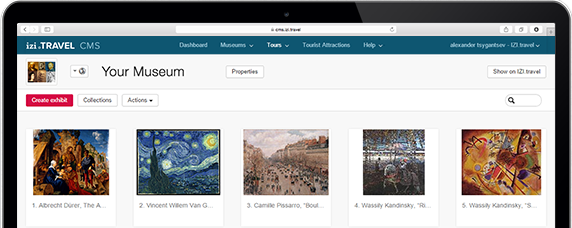The Cantacuzino family. Family history. Prince Gheorghe Grigore Cantacuzino
Welcome to the Cantacuzino Castle in Bușteni, located close to Baiului Mountains. The castle is a spectacular architectural monument of neo-Brancovian style — an architectural style specific for the 19th and 20th centuries, in which one piece of work incorporates a mixture of elements from previous historical styles in order to create something new and original. In architecture and interior design, these elements include: structural elements, furniture, decorative motifs, specific historical ornamentation, traditional Romanian cultural motifs, as well as styles from other countries, selected based on their relevance to the design and overall aesthetic value.
Cantacuzino Castle was built between 1901 and 1911 by Prince Gheorghe Grigore Cantacuzino, one of the wealthiest men in Romania’s history. The architect and chief engineer of the castle was Grigore Cerchez, a famous architect of the neo-Romanian style. The edifice served primarily as the summer residence of the Cantacuzino family. The land on which the castle was built had belonged to the Prince's family since the 17th century. Cantacuzino Castle was built according to all the modern technologies of that time, more than 100 years ago. It benefitted from electricity, plumbing and a modern sewage system, which works perfectly to this day. A telephone line was installed in 1914 and, in 1930, a heating boiler.
Until 1947, the castle belonged to the Cantacuzino family and, in 1948, it was nationalized by the communist government and used as a resting place for high-ranking officials. All family treasures have disappeared without a trace from the castle, among which an original painting by Sandro Botticelli. unique oak furniture pieces, decorated with bronze monograms of Gheorghe Grigore Cantacuzino (“GC”), two additional sets of stained glass windows and doors in Venetian glass, a priceless antique library and other pieces of art about which there are many legends and stories among the local seniors.
In 2004, the castle was returned to the niece of Gheorghe Grigore Cantacuzino, Ioana Cantacuzino, who was the last direct descendant. Due to her advanced age, she decided to sell it that same year. Finally, in 2008, this castle was bought by Zamora Estate, a privately owned company, and since 2010 it has been restored and opened to tourists.
The Cantacuzino family is one of the oldest families in southern Europe. The first document that mentions the Cantacuzinos dates back to 1094, during the time of the Byzantine Empire.
Gheorghe Grigore Cantacuzino was born in 1832 (according to some sources, he was born in Bucharest, but according to others, in Vienna). The Prince has received an excellent legal education in Vienna, Bucharest and Paris, and, upon return to Romania, he has began his distinguished political career. He served as Mayor of Bucharest, Prime Minister of Romania in two mandates and as President of the Senate. He was the permanent president of the Conservative Party of Romania for many years.
The castle was officially opened in 1911 as a testament to his bloodline heritage and a milestone for the future generations. The famous historian Nicolae Iorga, in 1902, at the personal request of the Prince and based of the family archive of the Prince Cantacuzino’s family, after a long research and work in the archives of Constantinople, brought back documents to the Prince confirming his direct connection to the Emperor of the Byzantine Empire, John VI.
Before entering the Castle, you can see the Cantacuzino’s family tree – the branch that Prince Gheorghe Grigore Cantacuzino belongs to.
Gheorghe Grigore Cantacuzino died in 1913 from a pulmonary disease.
Kostenlose izi.TRAVEL-App herunterladen
Erstellen Sie Ihre eigenen Audio-Touren!
Die Verwendung des Systems und der mobilen Stadtführer-App ist kostenlos.


